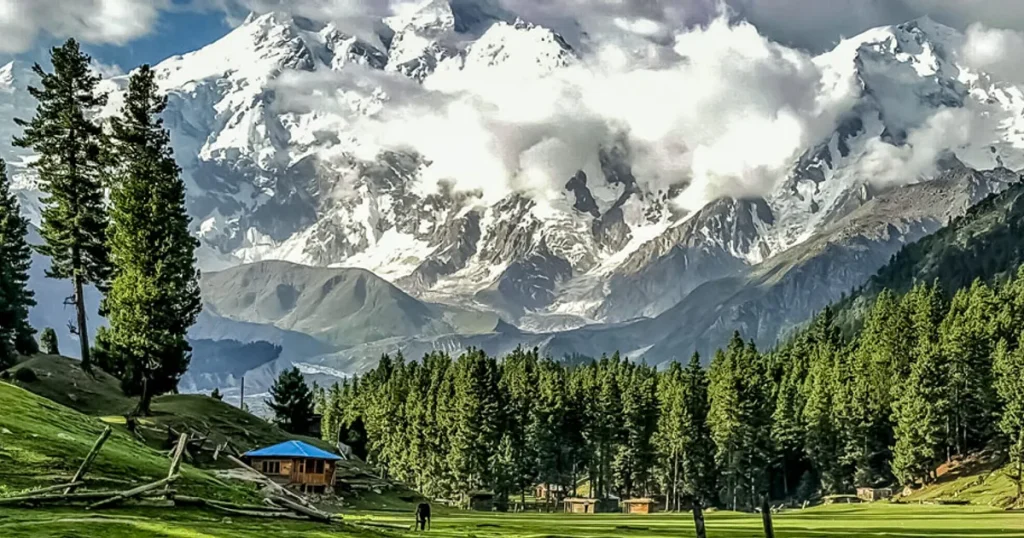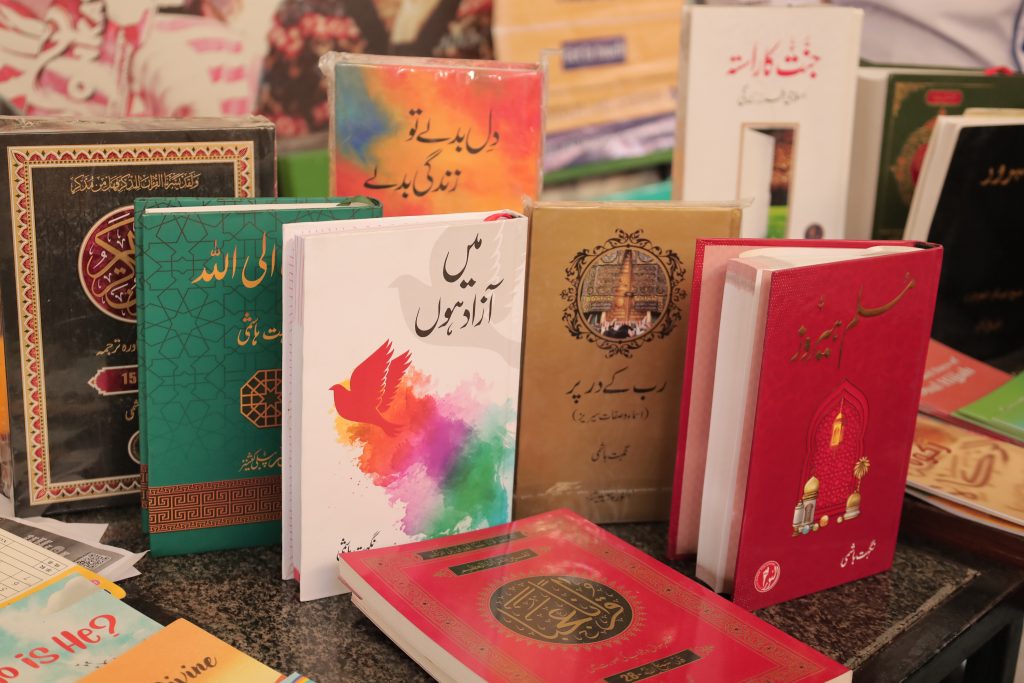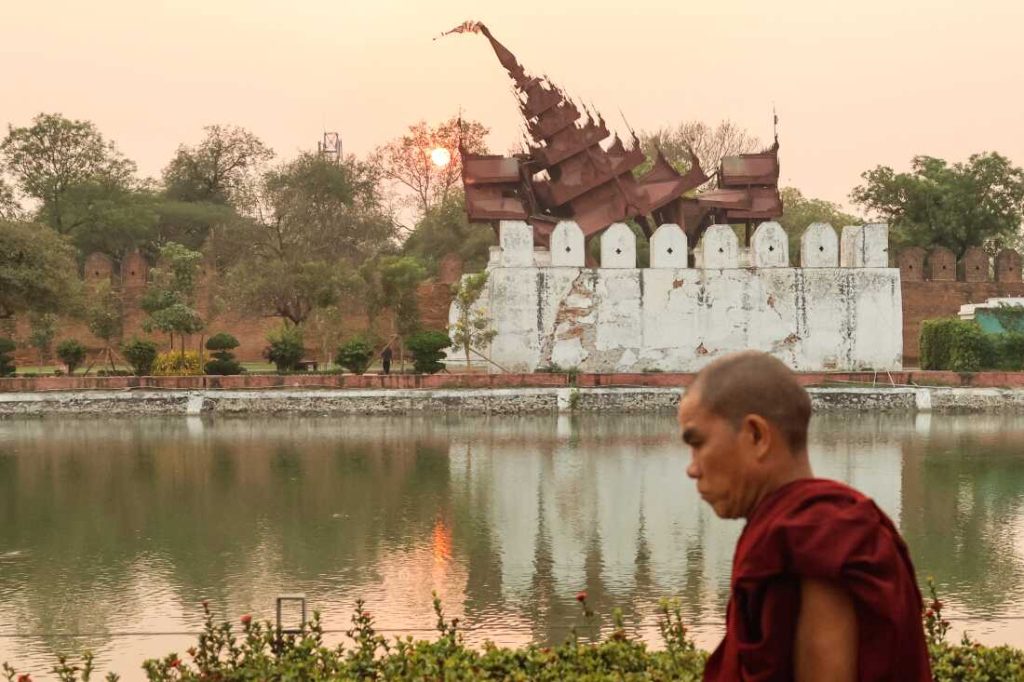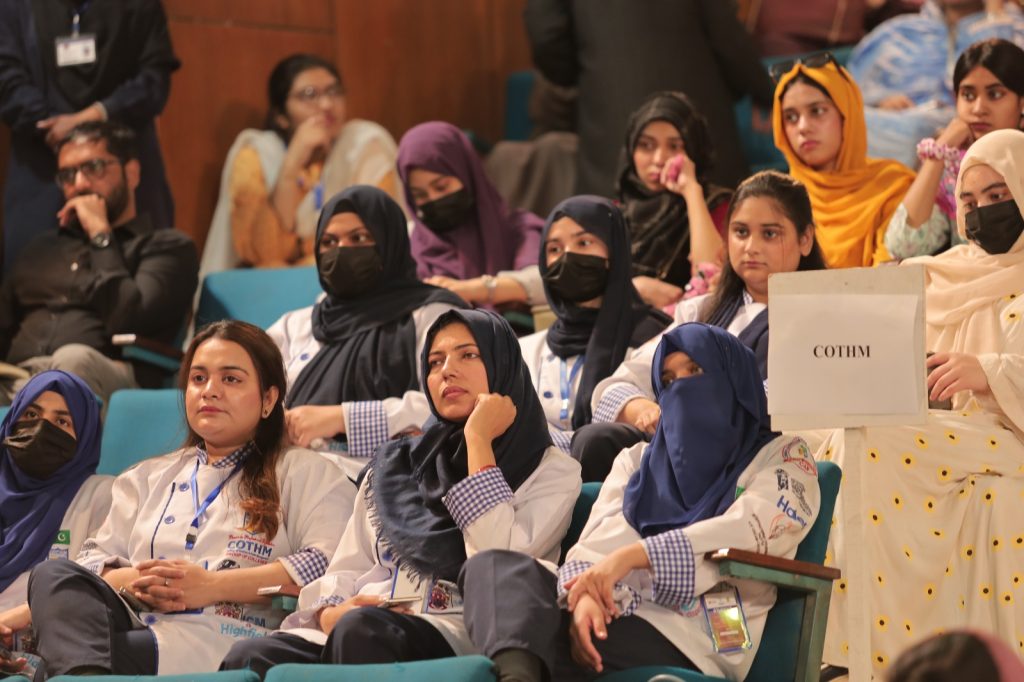By Kamran Shariff
We did the Fairy Meadows trek from 9th to 12th of June in 2022. It was difficult to grasp as to why so many tourists flock the destination from the virtual middle of nowhere along a desolate and slide prone patch of the Karakoram Highway (KKH) in the Diamir district of Northern Areas.
Fairy Meadows is located within the Nanga Parbat’s ecosystem that feeds the Indus catchment. It sits in front of its Raikot Peak at 7070 meters which is aligned northeast of the summit, at 8126 meters. Most expeditions attempt to summit the Mountain from its Diamir face. As per information gleaned from the net, the Meadows were named as Fairy Meadows due to their exceptional beauty by an Austrian Nanga Parbat climber Hermann Bhul in 1953.
It is surrounded by alpine forests of the pine varieties while on the higher altitude you find the willow and birch dwarf shrubs. There is juniper and some other shrub varieties at the lower altitudes. Wildlife reportedly consists of declining number of brown bears and musk deer. The mountains nestling Fairy Meadows are rock barren upto 7000 feet plus. Its approach is aligned along the Raikot Valley and the glacier at the higher altitudes. Not much seems to be done to protect the local flora and fauna despite the Fairy Meadows gaining the National Park status in 1995.
Our trekking group included Asad, Imtiaz, Amin and his son Aman, Adnan and Akram. We set out in a minivan from Islamabad on 9 June to reach the picturesque Roomy Hotel in Batakundi, plus of Naran. We were greeted by strong cold wind from the adjoining narrow end to the Valley. Asad joined us later at night. We set out early next morning to start the famous jeep ride from Raikot Bridge at KKH by mid-day.
It is an approximately sixteen kilometers danger prone jeep track that follows a narrow alignment on the ascent. It takes about an hour and half to reach Tato Village. We trekked onwards for another five kilometers to reach the Fairy Meadows at 3300 meters or about 10,800 feet and settled in the Fairy Meadows Cottages that offer an interrupted view of the Nanga Parbat. A great location and a helpful staff. A log fire in the evening allowed sharing light moments with tourists / trekkers from Lahore and Karachi. Despite the challenging route they come in large numbers.
We kicked off early for the Nanga Parbat Base Camp trek on 11 June. An even route along the Meadows took us to Bayal Camp in a little over an hour. The expansive Camp comprises mostly vacant huts, tea and refreshments were served from some. Another fifty minutes trek on a gradual incline brought us to what is known as the Viewpoint at 3667 meters or 12,101 feet where a hotel serves refreshments. On a clear day one can see the outline of Rakaposhi overlooking Hunza and some other peaks. The Raikot glacier runs next to it and one can trace the route to the Base Camp.
It took us another two hours to reach the Base Camp along a narrow track with limited traction. One must descend to navigate some glacier-fed water channels. The final approach to the Base Camp runs along a pleasant meadow with mauve wildflowers, and a climb. We were greeted by the gathering clouds and occasional precipitation which endowed it with a sombre texture that contrasted with the adjoining snow. A grave like ice covered feature next to the Base Camp, we were told, is Camp One. Nanga Parbat rises behind it.
On a raised edge of the Base Camp, we came across memorials commemorating an Austrian father and son who successfully climbed from the summit via the Raikot Face in 2002 and an Italian climber who died while doing so in 2008. We met Parvez the enigmatic proprietor of the tea shop. We started back amid light rain and snowfall. One of the water channels was flooded and it required us to wade through. Heavy rain caught us at the Viewpoint, and it continued relentlessly till close to our Cottage. Again, log fire in the evening and early morning kick-off on the return journey to finally reach Islamabad late in the night.
Fairy Meadows offers perhaps one of the best views of the Nanga Parbat. The extended meadows endow it with a unique flavour amid the magical setting. Its aura leaves a lasting imprint. Therefore, one can just enjoy its magical environment, or combine it with trekking or even mountaineering. However, those who have visited the Meadows earlier testify to its fast-depleting tree cover and rampant commercialisation. Climate change has much to do with the reduced glacier cover. Giglit Baltistan government should, therefore, lead a multi stakeholders’ effort to reinforce eco-tourism and to arrest the human induced damage.
The management of the Fairy Meadows resort seems locked in time. For example, the dangerous road access poses a veritable safety hazard. It must be rebuilt to accepted standards though it is being widened, albeit at a snail’s pace. Tourism is anchored on cottages built from the precious local wood, portering, and treks. Prefabricated huts and green materials should be introduced like in some locations in KP and Hunza. Touristic activities can be diversified to include mountain biking till Bayal Camp, paragliding possibly and the concept of ‘green trekking’ should be introduced. Local tourism must imbibe these best practices and the guides should be professionally trained to include administration of first aid and emergency management.
The Fairy Meadows, nonetheless, offered us with a unique opportunity to reach out to nature in its pristine best. The treks allowed forays into the varied nuances of the Meadows. We met some wonderful local people who assisted us to make our stay comfortable. I would like to make a special mention of our soft-spoken guide Asif (03555181044) and the proprietor of the Fairy Meadows Cottages Qari Rehmatullah, who facilitated the visit. It was of course a pleasure to meet so many young adventure tourists from all over who shared their magic moments.
Ratings:
Ease of Access Logistics (lodging, food..) Aesthetics Treks
Difficult Well organised Excellent Moderate – Difficult* *Base CampAbout the author: Kamran Shariff is an ex-Pakistan Army officer and a UN employee. He is a volunteer and an adventure tourism enthusiast, and he has organised numerous treks across Gilgit Baltistan and Khyber Pakhtunkhwa. He advocates waste management in these pristine locations and natural resource conservation. He also advocates the adoption of best practices in adventure tourism like ‘green trekking’, respecting local culture and emergency management. He can be reached at kamran.shariff@gmail.com










